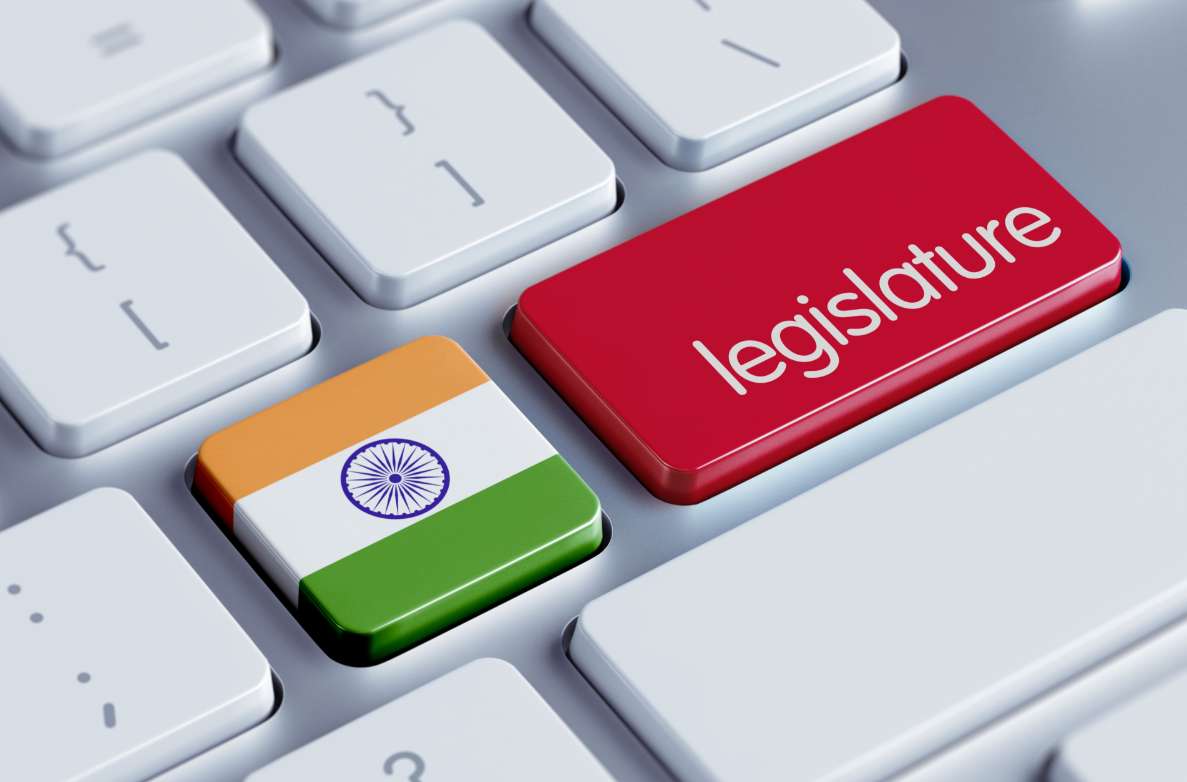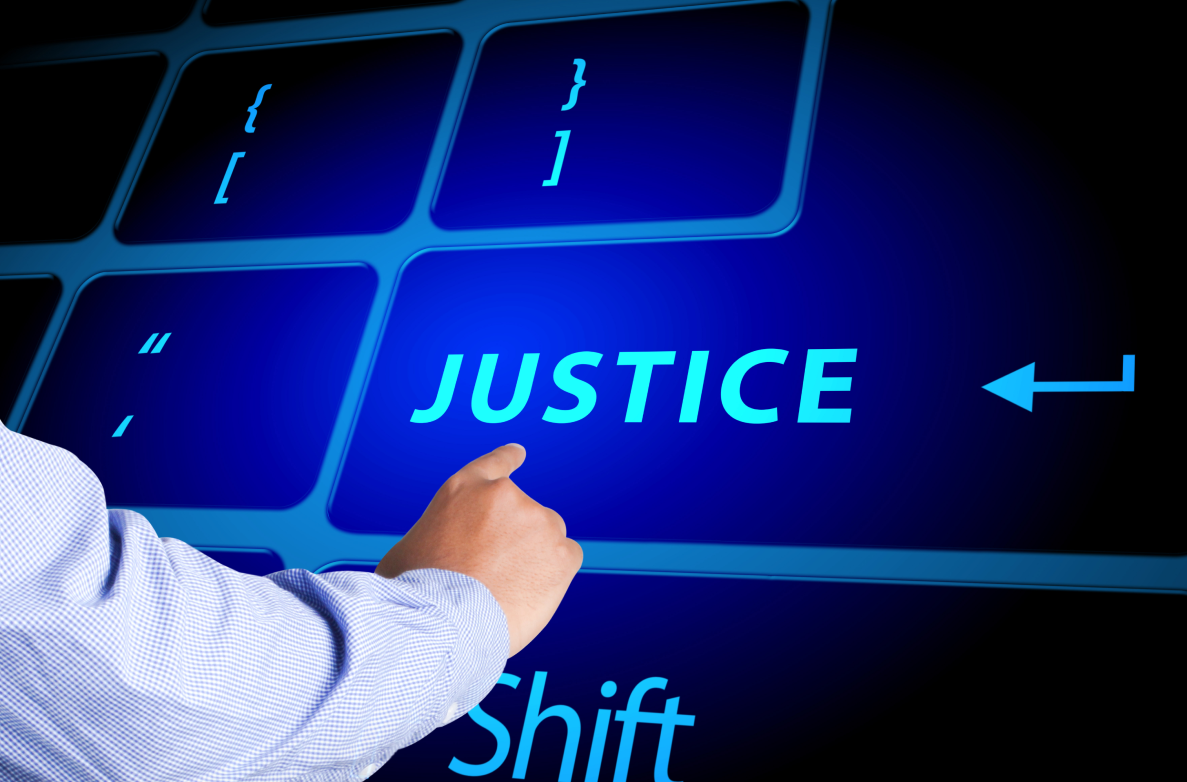Justice/Legal Tech 4 years ago
Musings on Technology and the Indian Judiciary
For a country, waiting hesitantly at the threshold of a sweeping digital makeover, the Supreme Court’s nod towards an AI system was a massive breakthrough; for a stubbornly traditional profession, it was the inevitable truth no one could deny

This April, during his last month on the Supreme Court bench, when former CJI Hon’ble Mr. Justice S A Bobde introduced the Supreme Court’s first ever foray into the world of Artificial Intelligence, he praised it to be the ‘perfect blend of human intelligence and machine learning. A hybrid one’. The AI system introduced at the event, SUPACE, short for Supreme Court Portal for Assistance in Courts Efficiency, had been designed to assist judges with any information they would need to preside and decide on a case – at a pace and with an accuracy unmatched by humans. For a country, waiting hesitantly at the threshold of a sweeping digital makeover, the Supreme Court’s nod towards an Artificially Intelligent system was an unexpected and massive breakthrough. For the profession and the larger legal industry, which previously has been stubbornly traditionalist in nature, SUPACE was the truth they could no longer deny.
For there is no denying that the adoption of AI systems within the judiciary is but one more sign of an inevitable technological shift. The wheels of a tech-enabled revamp of the judicial system have been in motion for quite some time now. The groundwork was laid back in 2007 when Phase I of the e-Courts project was first approved. Since then, from scanning and digitising case records and setting up e-filing systems to furthering the scope and reach of e-Courts across the country with the National Judicial Data Grid and bulking up the courts’ video conferencing infrastructure, the judiciary, at every level has worked hand-in-hand with several technological minds and start-ups to successfully establish a novel and innovative platforms that integrates different aspect of the law and its practice and makes it more accessible.
By the end of 2018, the e-Courts Project was ripe for Phase III – i.e. implementation of new technologies like 5G applications, artificial intelligence, ambient intelligence, augmented reality, machine learning and translation, mobile collaboration, speech recognition, internet of things (IoT) etc. The recent technological advancements in the fields of blockchain technology, cloud computing and yes, artificial intelligence; and the confidence and expertise with which several bodies are working towards integrating them within the legal system are all in pursuit of an efficient, equitable, accessible, transparent and accountable judiciary.
When the pandemic hit, it exposed a few major, life-altering challenges, we, as a nation were yet to overcome. It also highlighted the causes for delay and hindrances as we raced to overcome them. It was a lesson in the making, one that addressed the urgent need for technological solutions within the justice system; and the agencies responsible for maintaining the system all took notes in earnest. Despite the restrictions imposed by lockdowns and social distancing, the Indian Justice system continues to function and is battling tirelessly to level the mounting number of pending cases. During the introduction of SUPACE, Hon’ble Mr. Justice L. Nageswara Rao, also the Chairman of the Artificial Intelligence Committee, famously quoted that advancements in legal and justice tech, especially within the scope of AI will ‘present a more streamlined, cost effective and time bound means of bringing to fruition the fundamental right of access to justice’. As if predicting his sentiments, the pandemic saw us all turning to technology for solutions, and fortunately, it hasn’t let us down yet.



